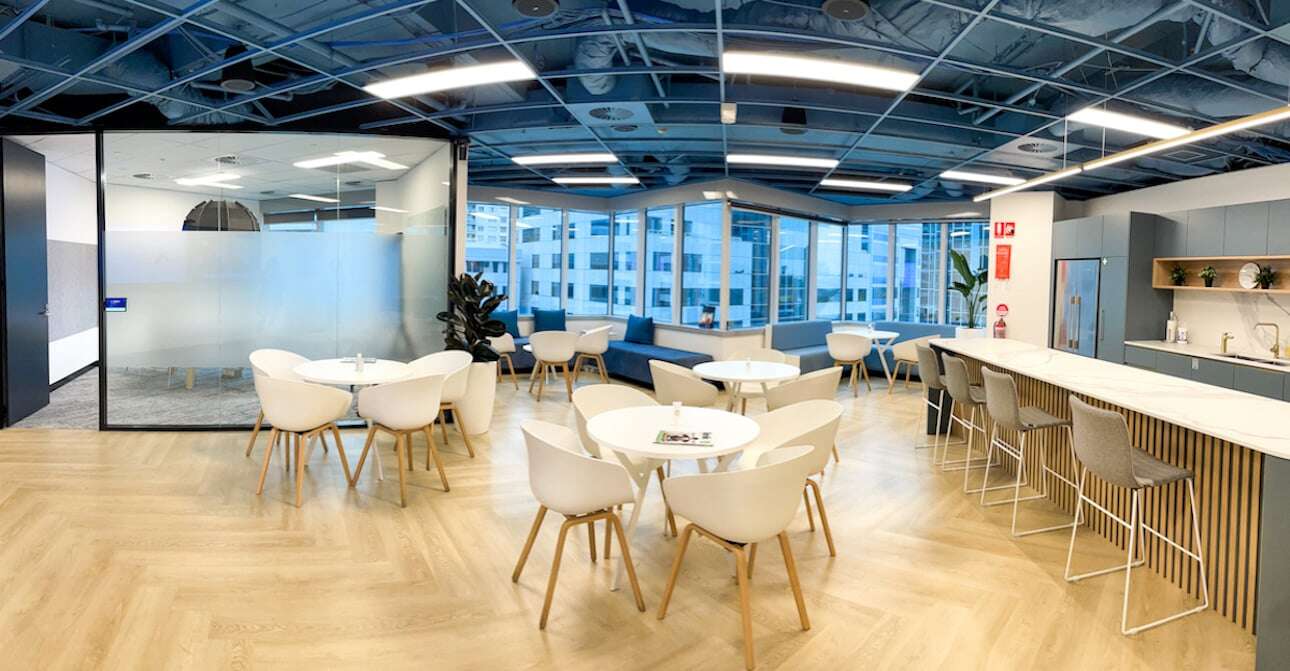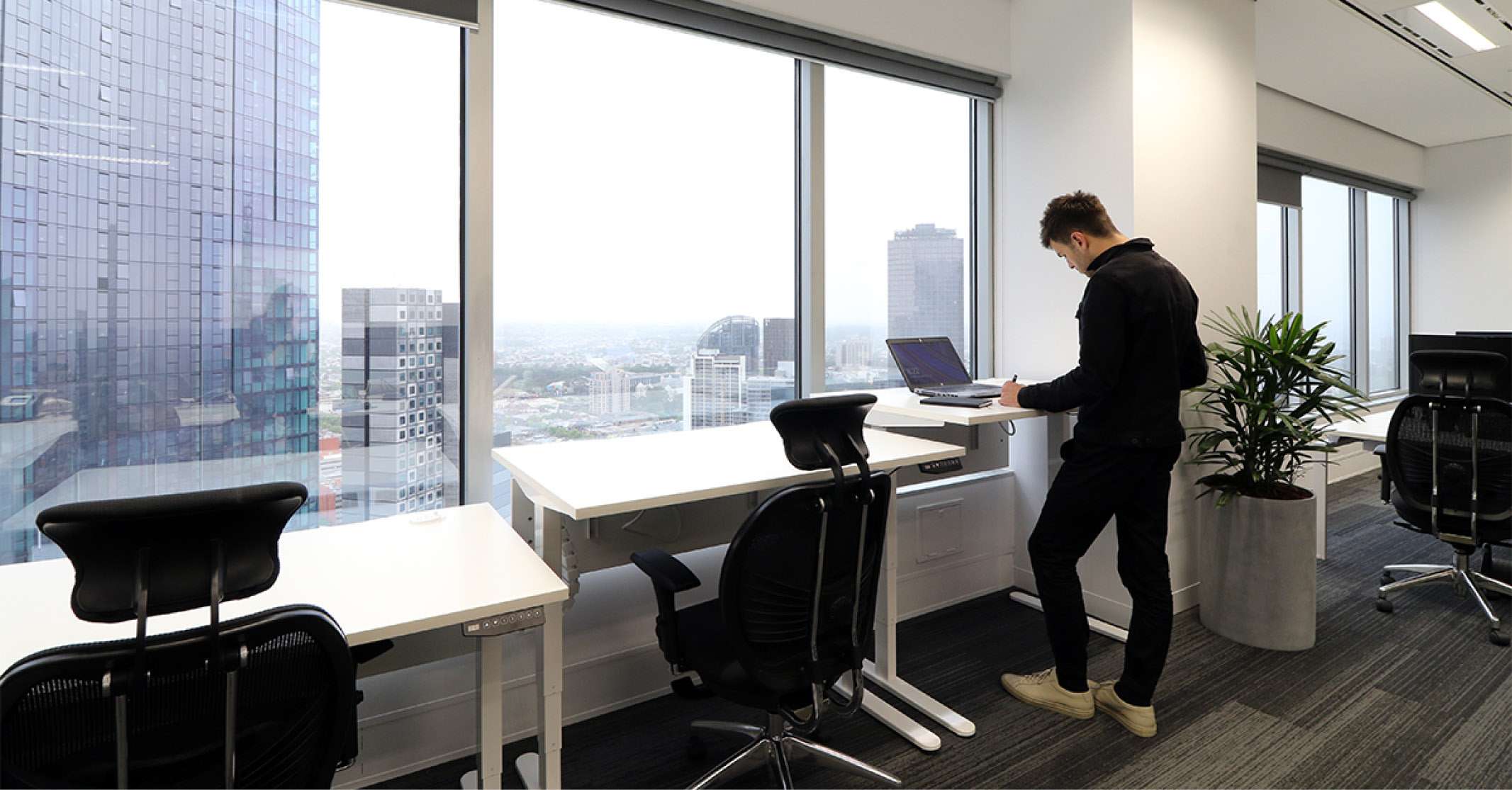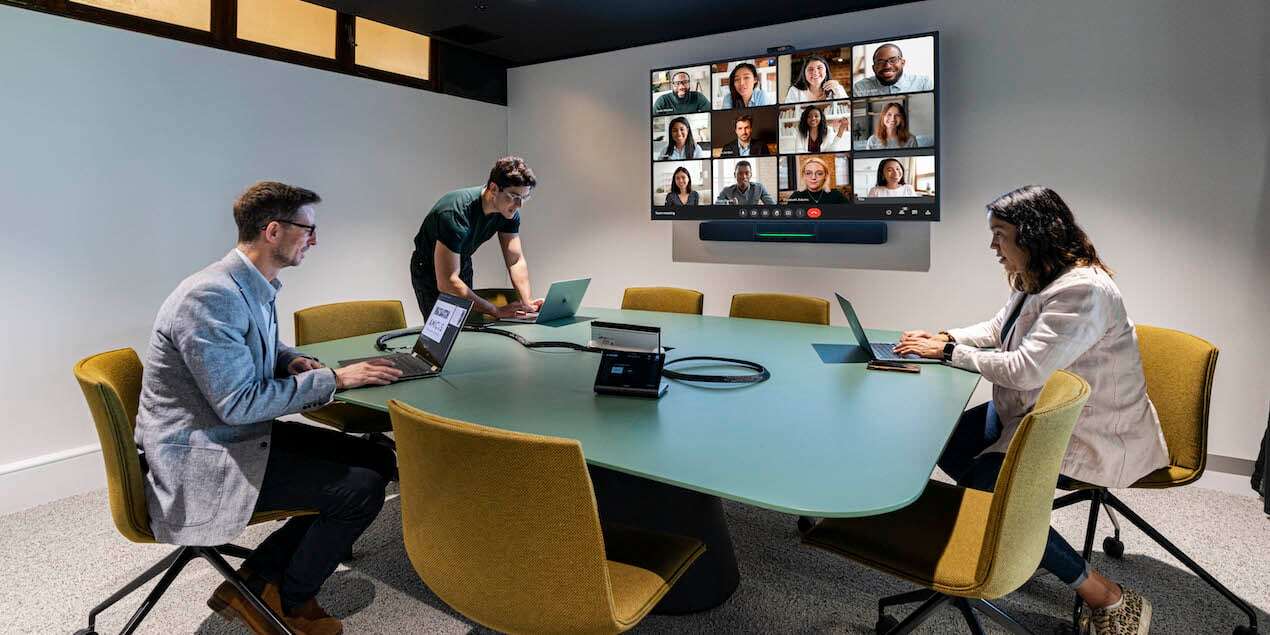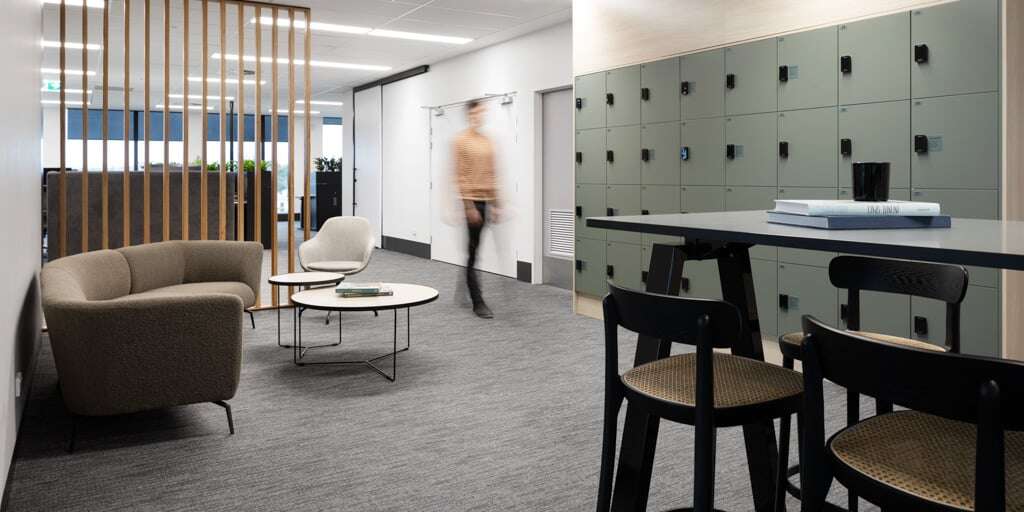Six steps to launch a "Test and Learn" program to get hybrid working right
Let me say it straight: the workplace, and how we work, has changed forever, the only question now is the pace at which your organisation catches up to the new reality.
Right now we're seeing a typical change curve, with a full spectrum of responses ranging from "early adopters" through to "back to the old normal". It's only a matter of time until the seismic shift from physical toward virtual, office-only to hybrid, and fixed to flexible, becomes the new benchmark for business as usual.
However, the dust has not yet settled and at this moment the early adopters are heading in a variety of directions. The cliché of the "3/2" week (3 days at work, 2 at home) belies the number of actual permutations in approaches that exist, and perhaps more importantly leave all the hard work left to be done: how will we actually make this hybrid thing work?
The leadership team that comes to clarity over a "3/2" (or variant) arrangement still has all the hard work ahead of them to make this approach actually work.
We've published extensive self-help resources for leaders facing exactly this situation, and I won't recap them here. What I want to suggest is the value of a "test and learn" program that fleshes out the broad workplace and ways of working direction, not at a policy level, but at the level of what is "lived and breathed" by managers and their teams each day.
-Jan-21-2025-04-17-33-8156-AM.jpeg?width=1200&name=Promo-LinkedIn-LinkedIn%20link%20post%20(8)-Jan-21-2025-04-17-33-8156-AM.jpeg)
A good test and learn program will capture the imagination of the organisation and keep it in a learning mindset for an extended period of time to discover "what works?" As our tutorials suggest, iterative experimentation can address three types of enablers:
- Changes to the physical workspace (a new focus zone? A shift in desking allocations?)
- Changes to technology (training on hybrid meetings? Spots for VC calls?)
- Organisational change (team 'ways of working' charters? Leading flexible teams training?)
In a series of sprints, you can create hybrid know-how from experience, resulting in a model that is lived in the bones rather than skin deep.
Below are some tips for creating a great program.
- Start with leadership:
- Start with a "briefing" showing the latest research on the impact of remote work.
- Win support for the ‘test & learn’ program.
- Agree on the goals. - Make it a ‘thing’:
- Give it a name. Make it exist.
- Hold a kick-off. Announce it. Start meeting. - Get data:
- Undertake workstyle profiling to understand how different teams actually work. (Amicus has tools for this if you need a hand).
- Identify the big 'signature activities' that make the organisational culture come to life. - Consult:
- Create a ‘staff champions’ team consisting of leaders, managers, and staff champions.
- Hold pulse meetings.
- See what other organisations are doing, identify a bag of ideas. - Publish a ‘ways of working guide’:
- Sets a direction & a list of ideas to trial.
- Aligned to workstyles data.
- Take it to leadership for endorsement. -
Pilot changes to technology and space:
- Make changes identified in the guide.
- Define a “test and learn” period.
- Review the changes. Repeat the process. Update the guide.
Interested to know how our Workplace Strategy team can help? Visit our hybrid working hub page or click here to book a chat with one of our experienced strategists.

/Cap%20Stats/workplace-strategy-guide-blog.jpg)



-2.png)






/Sectors/Office/contact-amicus.jpg)